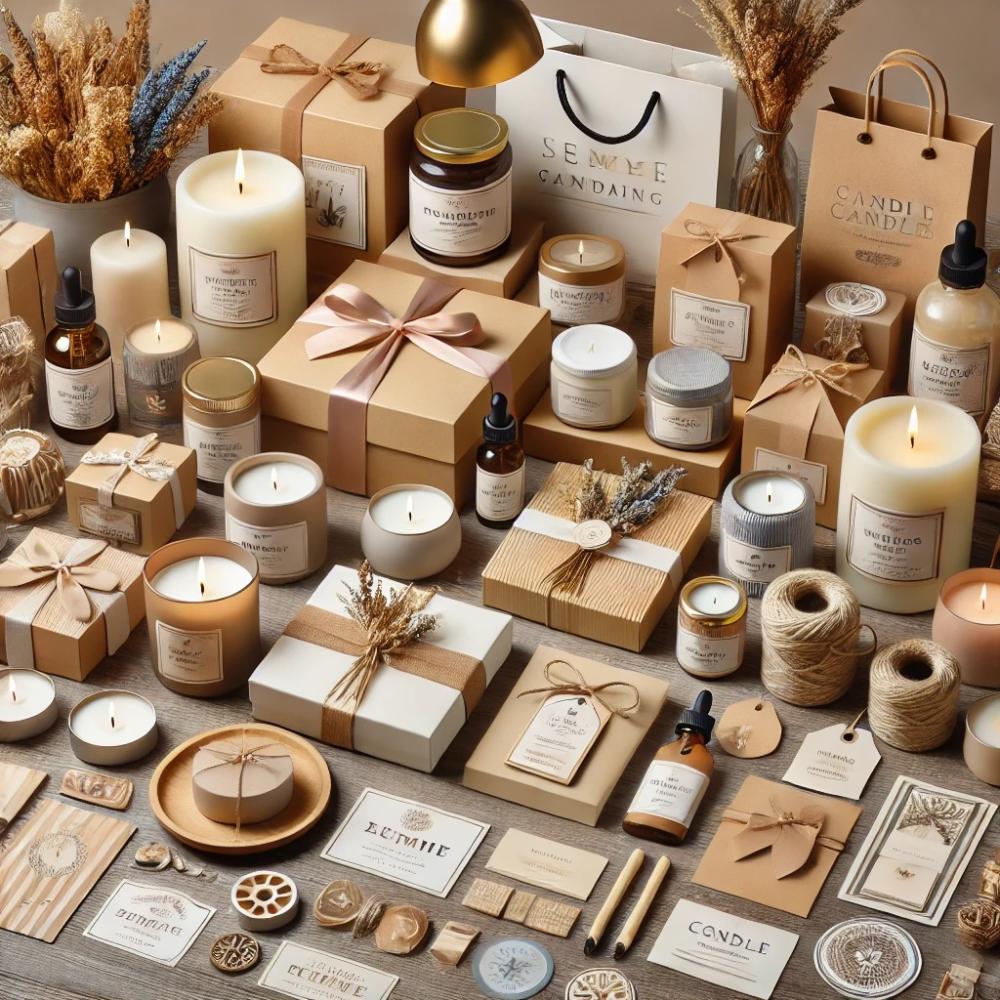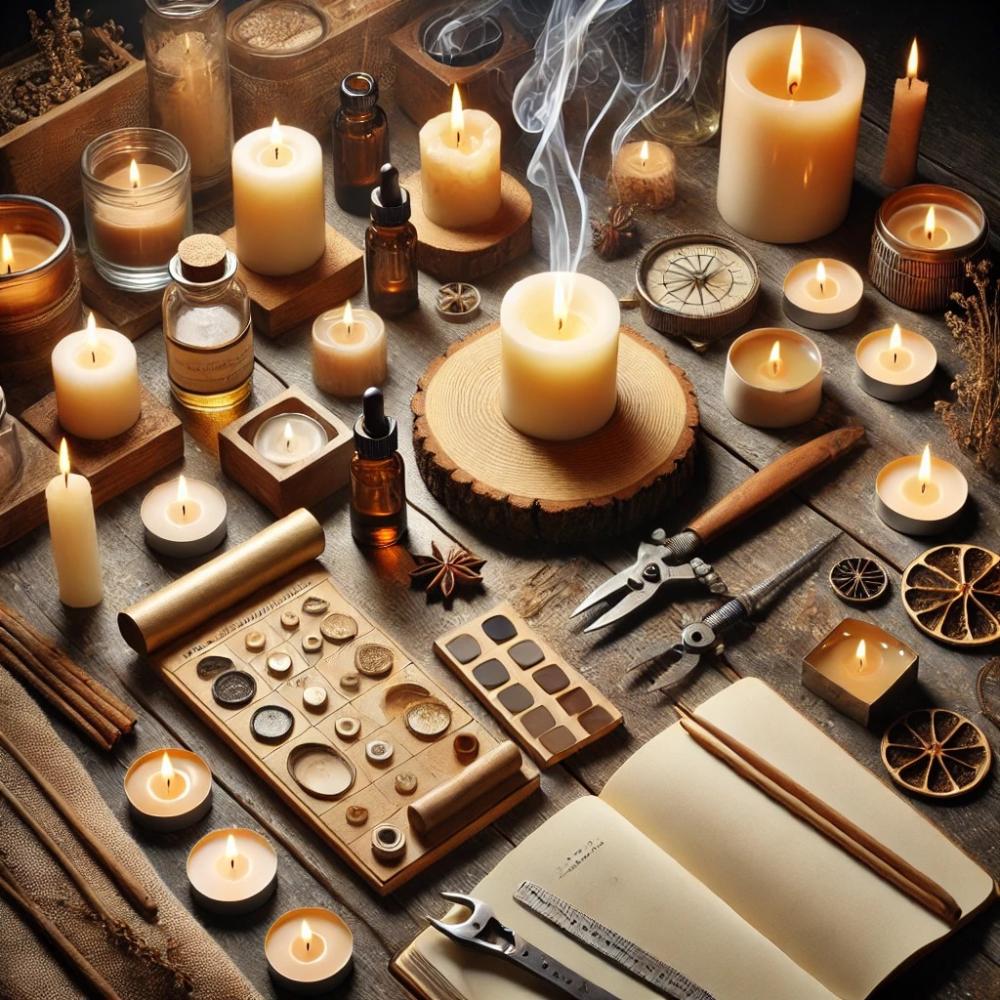Instead of throwing away old, unused candles, you can recycle them to make brand new ones. Recycling wax is not only a sustainable way to protect the environment, but it's also a great opportunity to be creative and make unique candles to match your home decor or give as gifts.
In this article, we will show you how to turn old candle remnants into new candles in simple and easy steps.
1. Collect the remains of old candles
A. Sorting and collecting wax
The first step in wax recycling is collecting leftover candles. These can be Christmas candles, decorative candles, or even scented candles. When collecting wax:
- Sorting by color : If you prefer making candles of a specific color, you can sort them by color. But if you want to experiment with a new color combination, you can combine them to create new effects.
- Removing the wicks : Make sure to remove any old wicks or burnt-out remnants from the candles before you begin.
B. Wax cleaning
If there are any remaining dust or impurities stuck in the old wax, they can be removed using a knife or a soft cloth.
2. Melt the old wax
A. Using the correct method
To melt wax safely, it is preferable to use the water bath method:
- Place a heat-resistant container containing the wax inside a larger container containing hot water.
- Heat the water over medium heat until the wax melts slowly. Avoid heating the wax directly over the flame to prevent it from burning.
b. Stirring
While the wax is melting, stir it gently using a wooden spoon to ensure that the wax is completely melted.
c. Mixing colors and perfumes
If you have collected candles of different colors, you can either keep the mix to get a new color or use candle dyes to add a new color.
- Adding fragrance : If you wish to add a new scent, you can add essential oils after the wax has melted. This should be done when the wax temperature reaches approximately 70-75 degrees Celsius.
3. Preparing the molds and wicks
A. Choosing the appropriate template
Choose the mold you'd like to use for your new candle. You can use candle molds, small glass jars, old cups, or heat-resistant plastic containers.
b. Fixing the wick
Place the wick in the center of the mold and secure it in place using a wooden stick or clip. The wick should stay in place even when the wax is poured.
4. Pour the wax into the molds
A. Pour carefully
Once the wax has melted and is ready, carefully pour it into the molds you prepared beforehand. Make sure to pour the wax slowly to avoid air bubbles.
b. Cooling the wax
Allow the wax to cool naturally at room temperature. Make sure not to move the molds until the wax is completely hardened. This may take several hours, depending on the size of the candle.
5. Trimming the wick and decorating the candles
A. Cutting the wick
Once the candle has hardened, trim the wick to about 1 cm. This helps ensure a clean burn when lighting the candle.
b. Candle decoration (optional)
If you'd like to add a finishing touch, you can decorate the candles with silk ribbons, dried flowers, or even small crystals. You can also wrap them and give them as gifts.
Additional tips:
- Scent blending : When recycling scented candles, you can experiment with blending different scents to create new and exciting fragrances.
- Wax layering experiment : You can pour wax in layers, so that each layer has a different color or scent.
- Using leftover wicks : If the old wicks are still in good condition, you can reuse them in new candles.
Environmental benefits of wax recycling:
Recycling wax not only saves money and materials, but also helps reduce waste and protect the environment. Instead of throwing away old candle remnants, you can creatively recycle them to make new and beautiful candles.
Conclusion:
Recycling old candles is a wonderful way to make use of existing materials and transform them into beautiful new candles. This process is not only fun and creative, but it also helps reduce waste and save money. With these simple steps, you can turn leftover candles into new works of art that will complement your home decor or make a unique gift.




